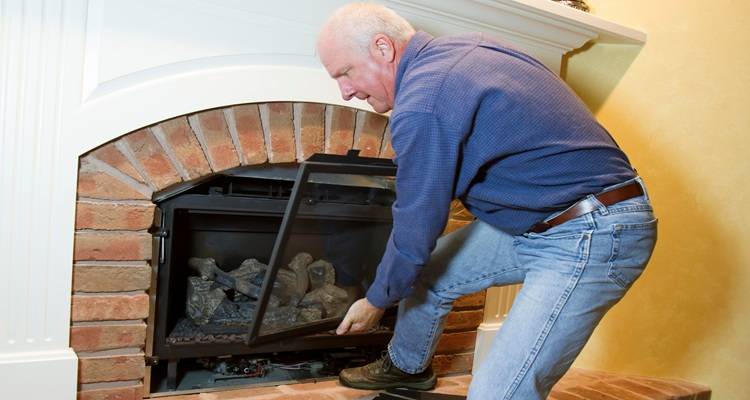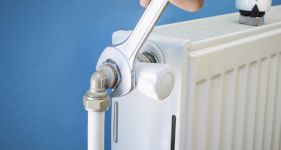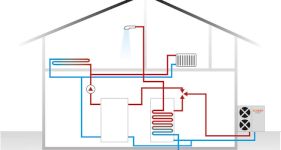How to Isolate a Radiator
Are you looking for tips on how to isolate a radiator? Perhaps you are planning on removing a radiator and need to know how to isolate it first? Or maybe you are interested in turning off a radiator in a room that you don’t use. This article will tell you everything you need to know about isolating a radiator, including a step-by-step guide on different radiator isolating methods.
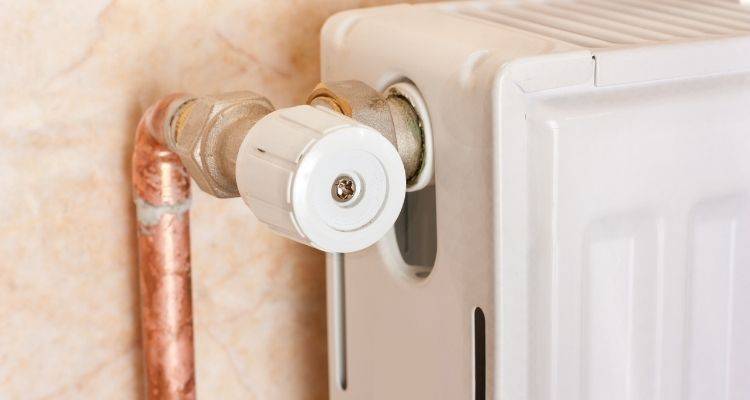
Table of Contents
What Tools Do I Need to Isolate a Radiator?
Below is a list of the tools you’ll need to isolate a radiator:
- Screwdriver
- Pliers
What Safety Equipment Do I Need When Isolating a Radiator?
You won’t necessarily need any specific safety equipment when isolating a radiator. If you plan on bleeding your radiator or isolating and removing a radiator, you may want to wear overalls or old clothes as the radiator could spit out some unwanted gunk that could stain your clothes.
You may also want to have a container handy so that you can catch any water that may leak from the radiator if you are bleeding or removing it. This shouldn’t be a problem if you are just simply isolating the radiator.
What Materials Do I Need to Isolate a Radiator?
You won’t need any materials to isolate a radiator as it is done using the components that already exist on the radiator.
How to Prepare for Isolating a Radiator
When preparing to isolate a radiator, you should start by inspecting your radiator to determine the type of valves attached to it. This will help you determine which tools you’ll need for the job as different valves require different isolating methods. Many radiators can be isolated simply by hand. However, some radiator types require the use of a screwdriver or pliers.
How to Isolate a Radiator Yourself
There are several methods when it comes to isolating a radiator. Below is a list of the different methods of radiator isolating. You should inspect your radiator valves first to determine which method you will need to use.
Isolating a Radiator with a Turn Valve
If your radiator has a turn valve, then the method of isolating is quite simple. You will simply need to turn the valve all the way clockwise until it stops. This will turn the radiator completely off and isolate it from the main system.
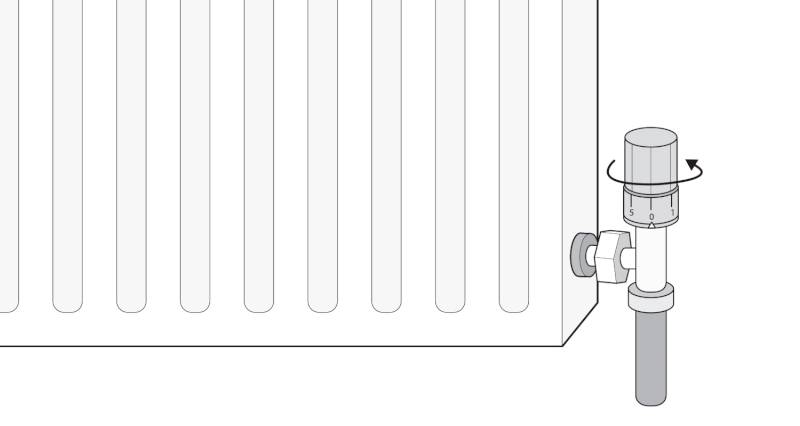
Radiator with Thermostatic Valve
Some radiators have a thermostatic valve that determines the temperature at which the radiator will heat up to. If you have this type of radiator, you will simply need to turn the thermostatic valve all the way around until it reaches zero. This will completely turn off your radiator.
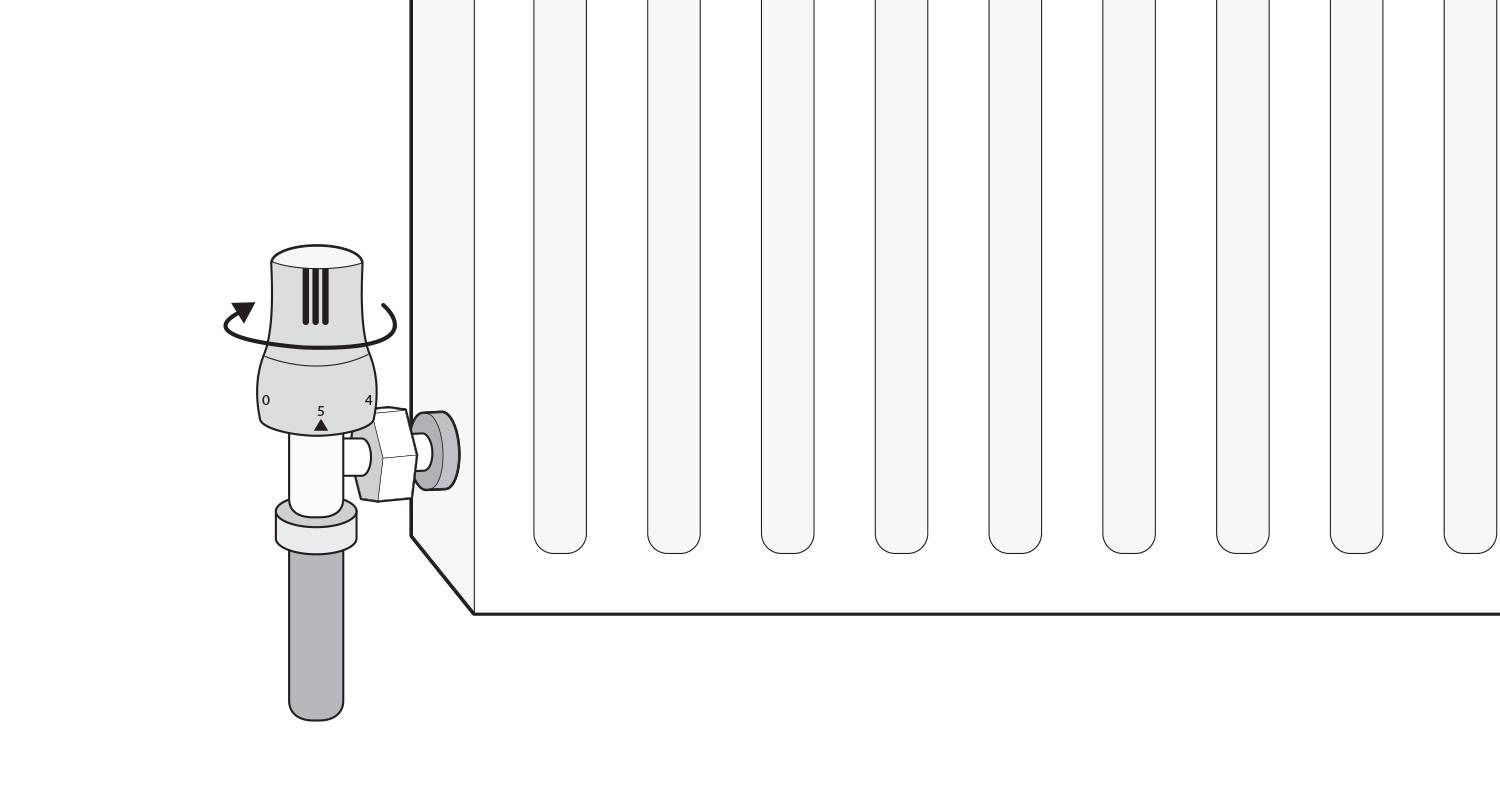
Radiator with Lockshield Valve
Step 1
If your radiator has a lockshield valve, this is a little bit different to those above. A lockshield valve can be easily identified by hand as it won’t turn. Instead, the top of the valve should pull off. This part can usually be done by hand. However, sometimes you may need to undo it with a screwdriver.
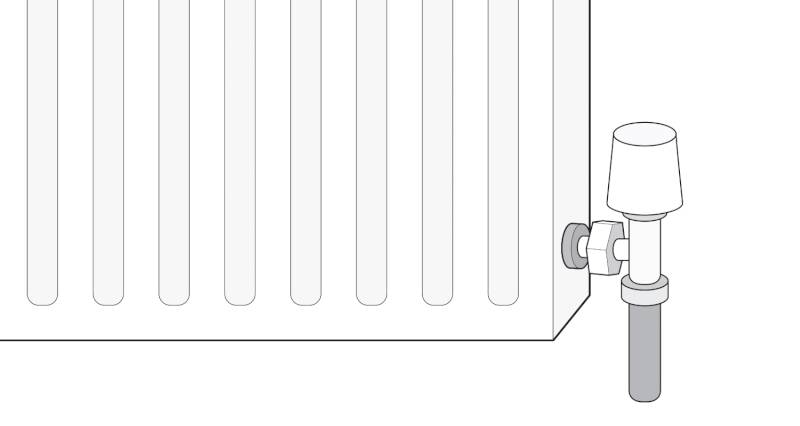
Step 2
Once you remove the cap from the valve, it will reveal the head of the valve.
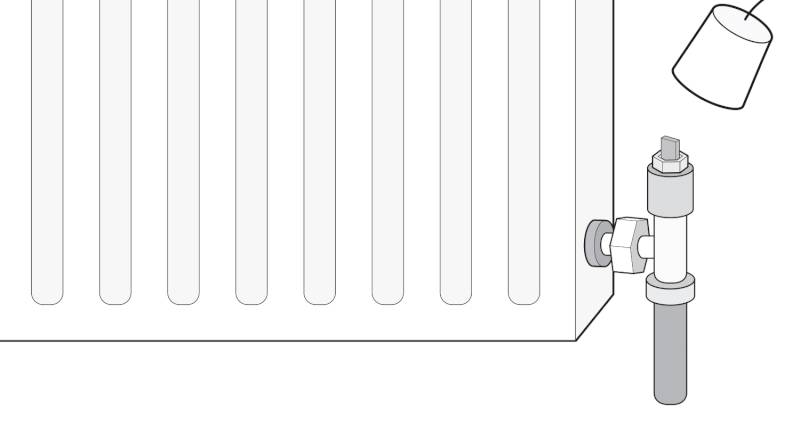
Step 3
Once you have revealed the head of the valve, use pliers to turn it all the way clockwise until it won’t turn anymore. This will isolate your radiator from the system.
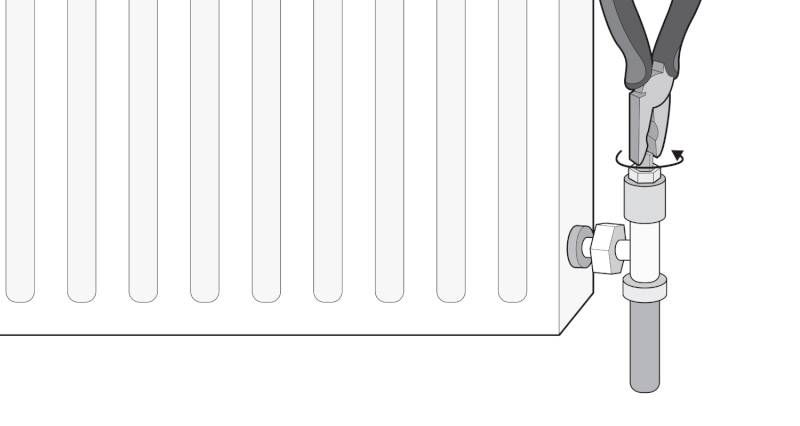
Why Would I need to Isolate a Radiator?
There are several reasons why you may want to isolate your radiator. Below is a list of reasons why you may want to isolate a radiator:
- The radiator is leaking – You may be wondering how to isolate a leaking radiator as a leaking radiator can cause many issues such as damaging the floor below and creating a lot of moisture in the room it’s in. Isolating a leaking radiator can be done using the same methods above.
- You want to remove a radiator – If you plan to remove your radiator, you will need to isolate it first. A radiator is connected to a complete system that circulates water. If you remove one of the radiators in your system without isolating it first, then the entire water contents from your system will end up being emptied out onto your floor.
- You don’t want to use that radiator - You may also wish to isolate radiators if they are in an unused room that doesn’t need to be heated. This can help you save money on your energy bills.
Types of Radiators
There are several different types of radiator that you may find in UK homes. Below is a list of the most common types of radiator in the UK. Each of these radiators are likely to feature one of the valve types that we have mentioned in our step-by-step guide.
Central Heating Radiators
Central heating radiators are the most popular style of radiator in the UK. They have the highest heat output and the greatest efficiency of all of the different types of plumbed radiators. This type of radiator uses corrugated panels to disperse heat into the room. These radiators can come in small, medium, or large sizes to accommodate different sized rooms.
Flat Panel Radiators
Flat-panel radiators are light and compact and very easy to install. They can be placed in most rooms with ease and won’t take up too much space. However, this type of radiator may take longer to heat the room than some other models. These radiators can often be found in flats, apartments, and smaller homes.
Cast Iron Radiators
Cast iron radiators are well suited to older period homes or homes that feature high ceilings. These radiators take quite a bit longer to heat up and cool down than other models. This means that they will continue to heat a room for much longer after the heating has been turned off and could be seen as quite energy efficient.
Column Radiators
Column radiators provide a unique look and add that little bit of extra period charm to the home. These types of radiators can usually be found in older homes as they originated in the Victorian era. Modern types of column radiators offer that same traditional look but offer a much higher energy-efficiency rating than the older models. Column radiators tend to come in several sizes and colours.
Vertical Radiators
Vertical radiators are just like traditional radiators; however, they stand much taller than other radiators and tend to have a much smaller width. These types of radiators are great for rooms where you need to save a bit of wall space. They also work well for heating small spaces where a traditional radiator would take up too much room. These can often be found in bathrooms or en-suites.
FAQs
Is it necessary to isolate a radiator before removal?
Can I isolate a leaking radiator?
Which type of radiator is most popular?
How long will it take to isolate my radiator?
How do you bleed a radiator?
- Start by turning off your heating system.
- Use a radiator key to turn the valve at the top of the radiator. You should hear a hissing sound. This sound indicates that air is escaping from the radiator.
- Once the hissing stops and water starts coming out, you should then retighten the valves as this indicates that most of the air has escaped.
- Once you’ve done this, you can then turn your central heating back on.
- Be sure to check the pressure on the gauge on the boiler and ensure your radiator is heating properly.
Do I need to isolate a radiator before I bleed it?
Sources
https://www.youtube.com/watch?v=a2nPxUdvdjY
https://www.yourrepair.co.uk/blog/how-to-turn-a-radiator-off
https://www.diy.com/ideas-advice/radiators-buying-guide/CC_npcart_4500006.art



